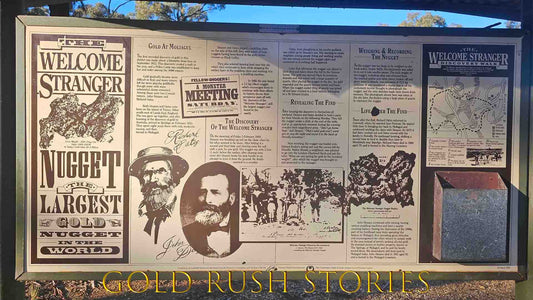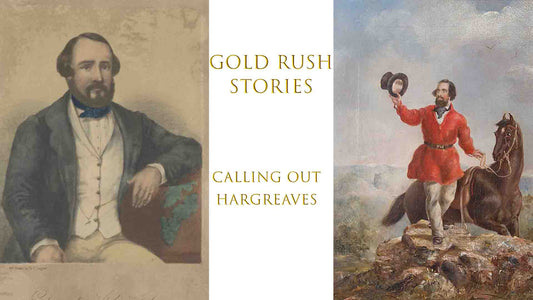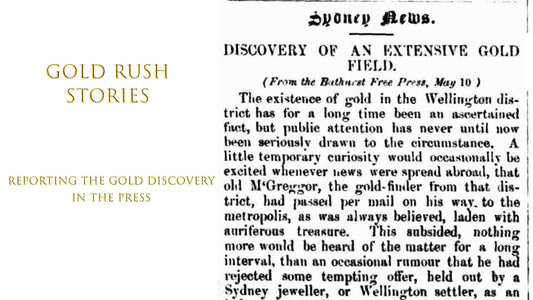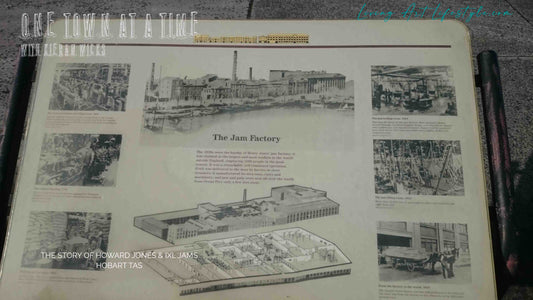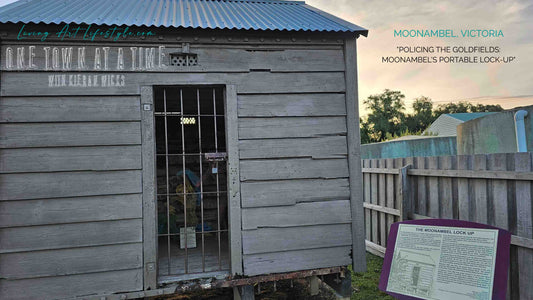



@kieran.wicks #Wealth #SocialEngineering #Petrodollar #GoldRushStories #Economy#Gold #Money #HistoryofMoney #AustralianHistory #GoldStandard #FiatEconomy #DidYouKnow #HistoricalArticle #Politics #Oil ♬ original sound - Kieran.Wicks
GOLD, OIL AND DOLLARS
APPROPRIATELY enough for the "silly season", gold has figured, more than usually prominently in the news in the past few weeks. Attention has been concentrated on Americans' reaction to the lifting of the 41-year-old prohibition on private gold hoarding, a move' forced on the Administration by Congress, which last year tied an amendment to a Bill providing • a large American contribution to the International Development Association, the "soft-loan" agency of the World Bank. As might have been expected in the light of erratic, speculative movements in gold prices during 1974 and the US Treasury's decision to put two million ounces of its 276 million ounces on the market, the great American, gold rush did not eventuate when gold trading opened last week and prices eased away from the magical 5US200 (SA154) barrier around which they had been hovering in December.
At the beginning of 1974 the free market price of gold was around SUS120 an ounce. It climbed steeply in the first three months of the year to a peak around SUS180 early in April and declined steadily to about SUS130 in July. Since then it has made a steady if halting recovery to around SUS190 with a late December peak of 5US198, nearly five times the official price of SUS42. Several factors, including the uncertain behaviour of commodity prices, deliberate manipulation of expectations about the gold supply and manipulation of the supply itself by the US Treasury, have been responsible for the behaviour of the gold price, but the underlying factor remains uncertainty about the international monetary system as a result of inflation and impinging international recession. In spite of erratic and potentially very costly fluctuations in its price, gold will continue in the popular mind as a most attractive inflationary hedge while distrust in paper currencies persists.
The long-term question that may be answered in 1975 is whether or not gold will reassert itself as a pre-eminent component in the international monetary system, shedding the de-facto role foisted on it first by the artificial two-tier system, which pegged its official price while letting market prices fluctuate, and then by the Americans' decision to abandon dollar-gold convertibility in 1971. This was an increasingly onerous arrangement because of the huge amount of unwanted dollars in Europe, the result of accumulated American post-war balance-of-payments deficits which were running at an alarming annual rate during the peak of the Vietnam War in the late 1960s. The Americans' perfectly rational economic argument for the demonetisation of gold, that the world's money supply should not be determined by supplies of some metal (new supplies of which are largely controlled by the Soviet Union and South Africa), has become inextricably linked with political arguments about the main - alternative, the American dollar. Europe, and France in particular, is severely distrustful of the ability of the American Administration and Congress to manage its economy and its currency in an internationally responsible fashion, and of "dollar imperialism".
Windfall for Some
The recent, rather arrogant agreement between America's President Ford and France's President Giscard d'Estaing in Martinique, that official government gold holdings may be calculated in future at current prices, seemed an important step towards the restoration of gold to a pre-eminent position. Such a decision, if proceeded with, would ignore than quadruple at current prices official gold holdings. But there are objections - to the move which will bear on its implementation. In the first place, such an automatic revaluation would provide windfall gains for the largest gold holders who, apart from the Soviet Union, are the affluent western nations, without any regard for the needs of members of the Third World. It is argued that such a massive ' increase in international reserves should be distributed & more equally, or according to need. Second, revaluation of gold by such a large-multiple would lessen even further the importance of Special Drawing Rights, with which the international community had hoped to replace both gold and dollars as the major international currency. Third, and of most short-term importance, such a move would tend to be highly inflationary, as pointed out by the Shah of Iran when he threatened that the US-French agreement could be used to justify abandonment of the nine-month freeze on oil prices declared by OPEC last month.
This week the EEC finance ministers meeting informally in London accepted a proposal for recycling, "petrodollars" through an International Monetary Fund facility, effectively rejecting, an alternative American proposal, for a recycling facility under the auspices of the OECD, membership of which is confined to the industrialised western nations. The agreement could be ratified at a meeting of the IMF in Washington next week. Whether the situation can be resolved remains as uncertain as the prospects for the international monetary system itself, and in those circumstances, rational or not, gold will continue to be used as a popular inflationary hedge with the likelihood of further substantial increases in its price.






